Still need help?
Get in touch with the LX.lab team by logging a ticket via ServiceConnect. We'll be in touch shortly.
Log a ticketWant to provide feedback on this resource? Please log in first via the top nav menu.
Using Canvas provides you with the chance to very easily present learning materials to students in visually appealing, logically structured ways. However, just making learning materials available doesn’t guarantee that students will engage with them. To help them get the most out of your subject’s materials, you will need to explicitly guide and support students as they move through your Canvas subject site.
While videos can be great for presenting interesting and engaging content, students will often need to be guided through this material so that they can focus on the key information. By providing a video and comprehension questions on this Canvas page, the Subject Coordinator has given students a purpose for watching the video and explicit guidance as to what they should concentrate on as they are doing so.
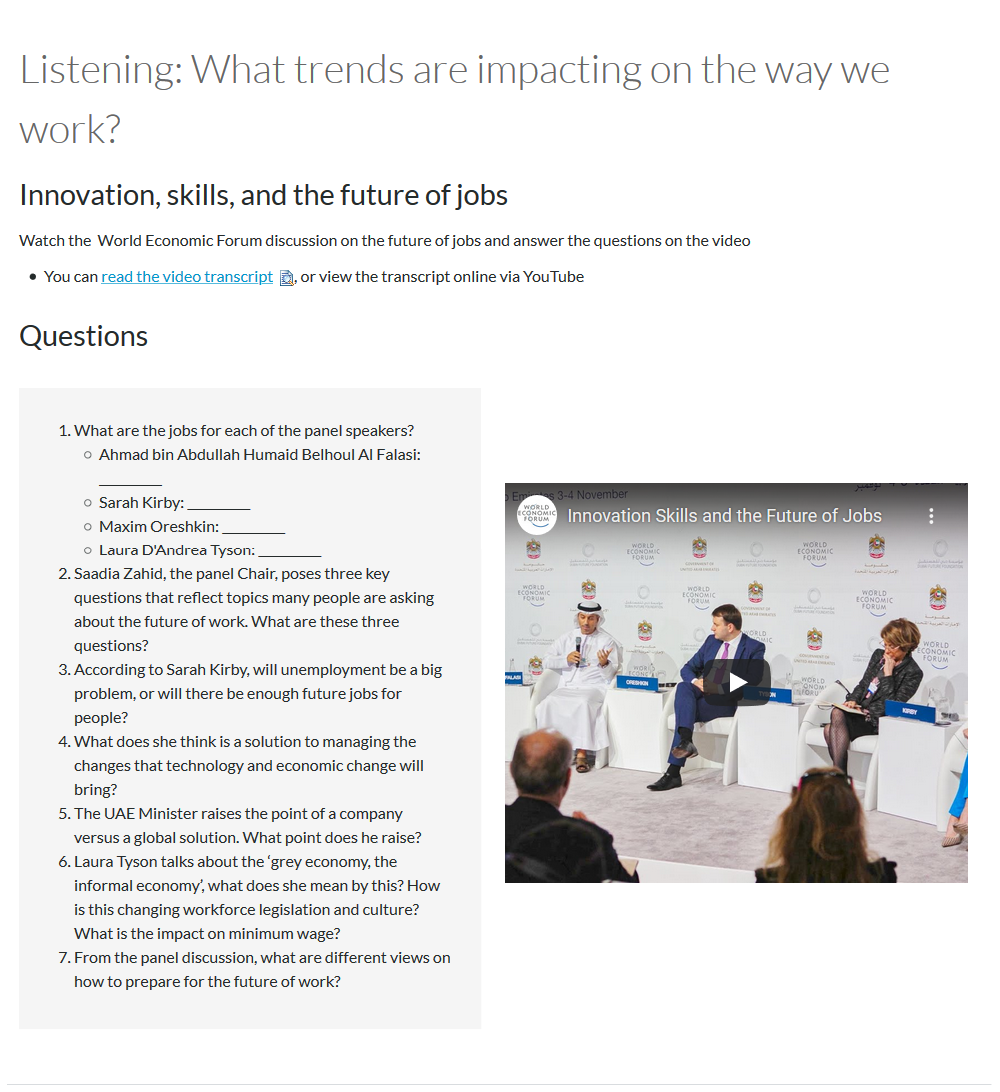
Recorded lecture videos allow you to get vital content to students in an easily accessible way. However, the longer the videos are, the less likely it is that students will be able to attend to all of the important details. To avoid this problem, the lecture videos in this Canvas subject have been divided into short sections. Each section has a clear title and there are comments boxes throughout so students to share their personal experiences. In this example, has Subject Coordinator has also added a humorous video to illustrate a key point.
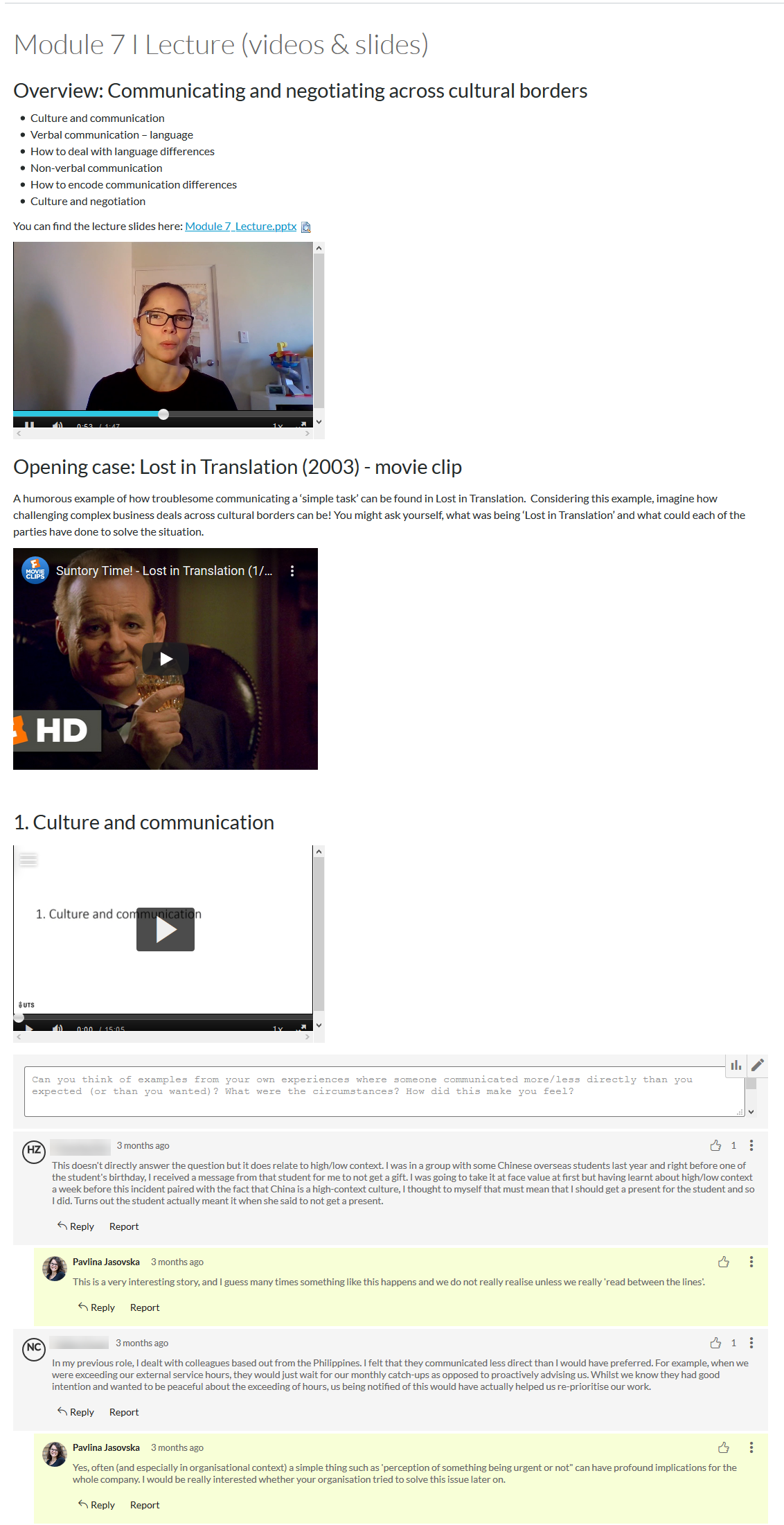
Using the H5P tool to create learning activities in Canvas can be a great way to engage and challenge students. The interactive presentation in this Canvas page asks students to record their personal responses to a series of prompts and to label parts of a diagram.
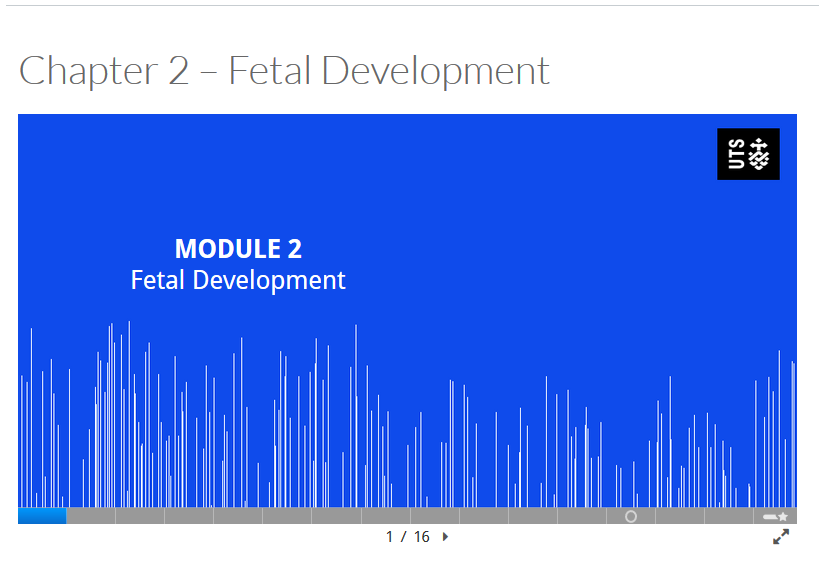
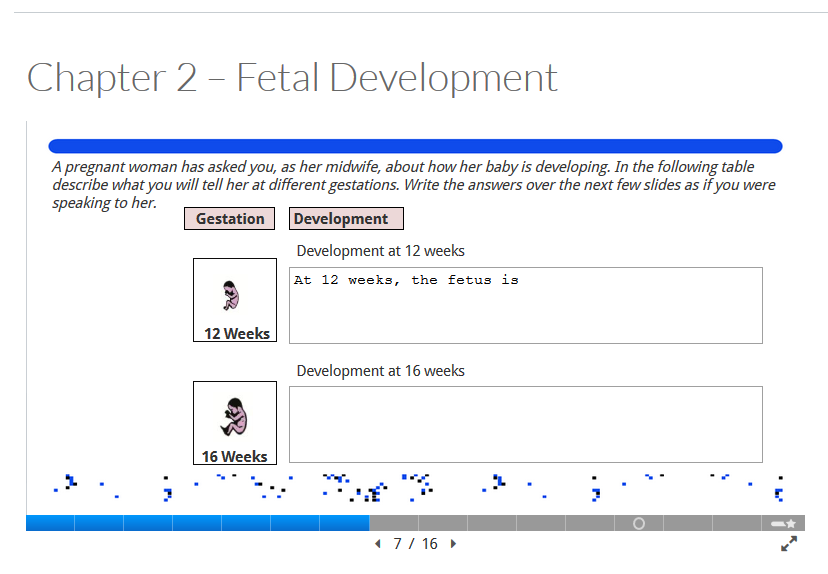
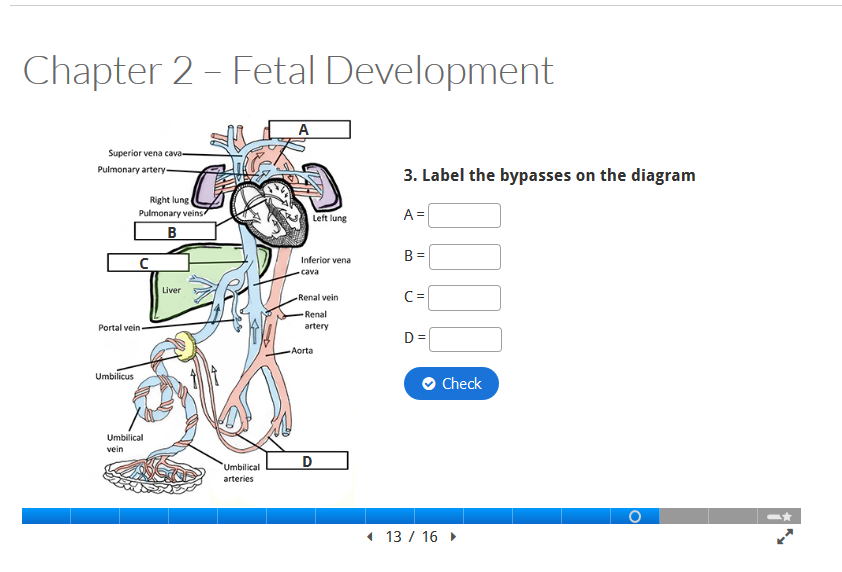
This is another example of how Canvas and H5P can be combined to create an engaging learning activity. The Subject Coordinator has used H5P’s ‘documentation tool’ to guide students through an analysis on Martin Luther King’s famous ‘I have a dream’ speech. Students can watch a video of the speech, which has been embedded into the Canvas page, and are then led through an analysis of the rhetorical tools used to make this speech so affecting.
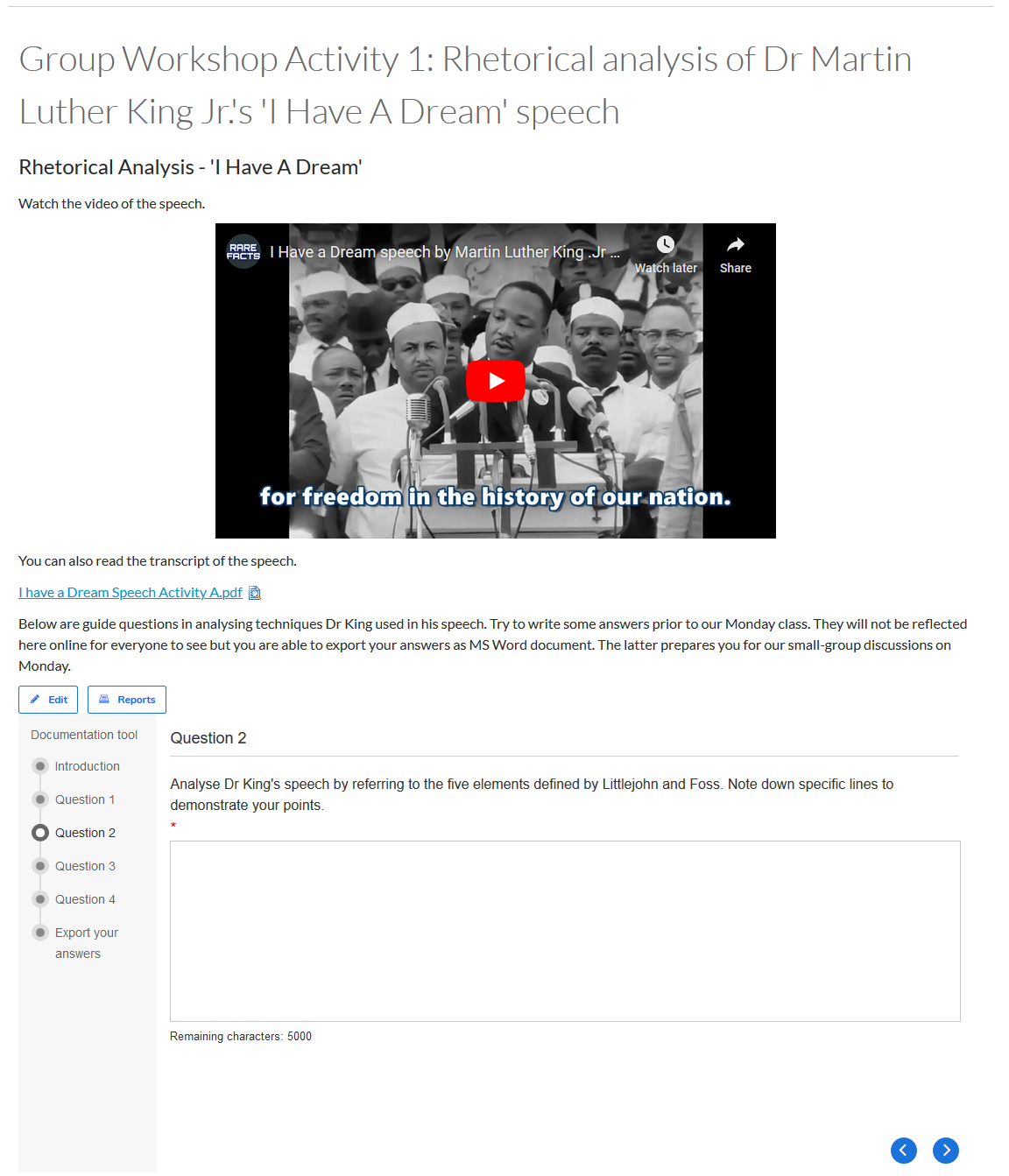
Canvas quizzes can be used as formal, summative assessments, but they are perhaps most useful when they are used to help students engage deeply with learning materials. By creating a quiz to test their grasp of the key points in this reading, the Subject Coordinator has helped to focus students on the important details contained within this key reading and provided them with extra motivation to engage with it. (The fact that the Subject Coordinator can see who has taken the test and how well they’ve done may add to students’ motivation.)
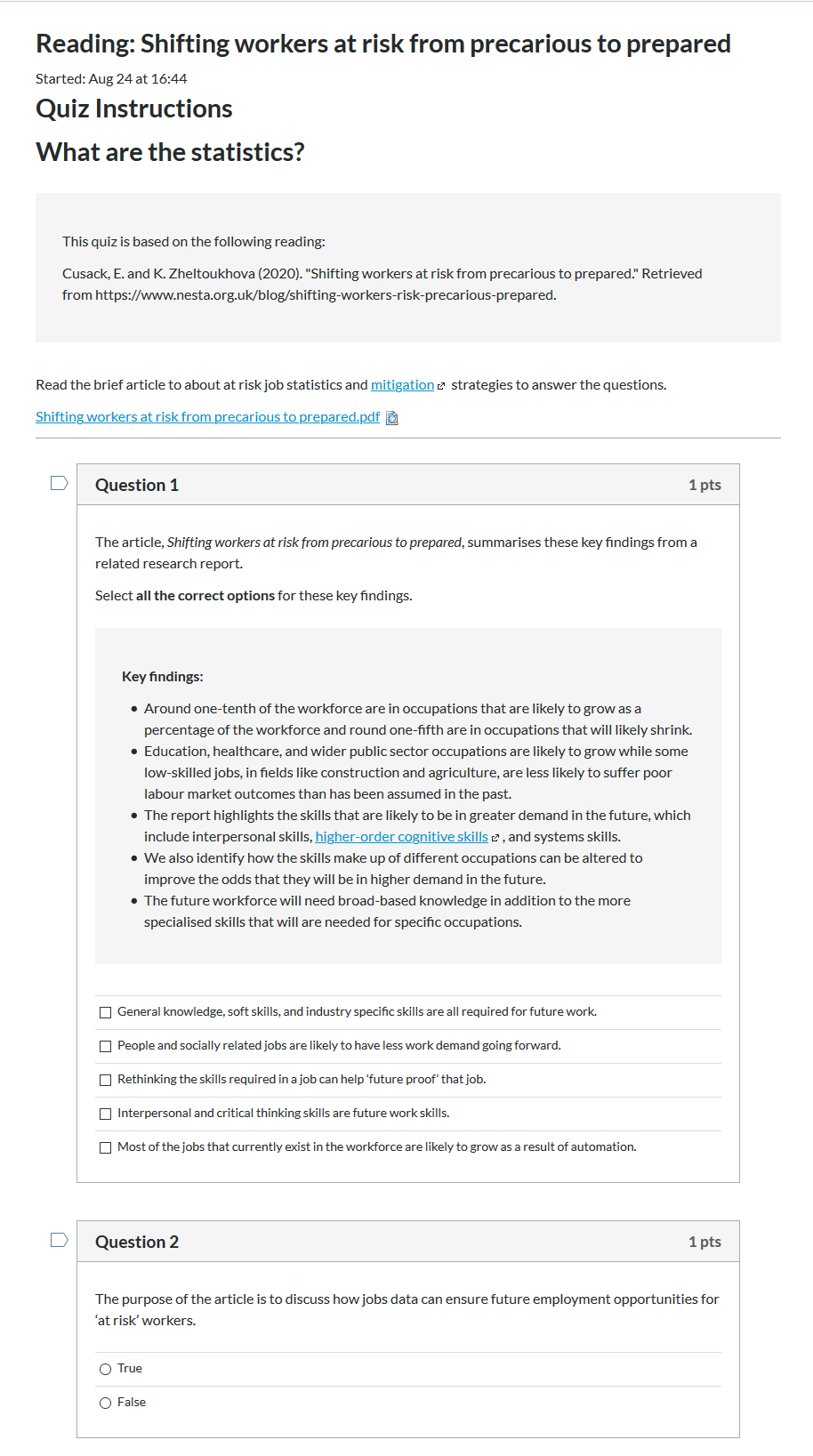
Get in touch with the LX.lab team by logging a ticket via ServiceConnect. We'll be in touch shortly.
Log a ticketWant to provide feedback on this resource? Please log in first via the top nav menu.